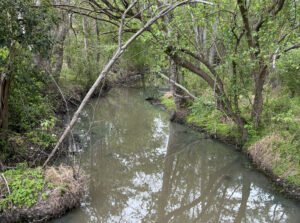News
Turbidity levels off the charts in Durham creek
Posted on December 22nd, 2022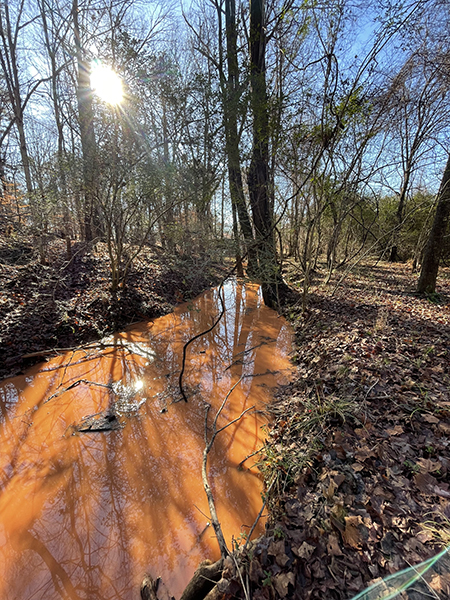
 Neuse Riverkeeper Samantha Krop continues her investigation into stormwater runoff turning creeks “tomato soup” red near Durham construction sites.
Neuse Riverkeeper Samantha Krop continues her investigation into stormwater runoff turning creeks “tomato soup” red near Durham construction sites.
What she recently found at a development at Lick Creek and Olive Branch Road was turbidity levels higher than any she’s ever measured.
“This is one of the sample sites that I’ve been visiting every other week,” Sam said. “Yet again, we went out to the area to do water sampling and recorded water-quality violations that were magnitudes above water quality standards for turbidity.”
According to the U.S. Geological Survey, turbidity is the measure of relative clarity of a liquid. It is an optical characteristic of water and a measurement of the amount of light that is scattered by material in the water when a light is shined through the water sample.
High concentrations of particulate matter affect light penetration and ecological productivity, recreational values and habitat quality. In streams, like those near housing developments currently under construction in the Durham area, increased sedimentation and siltation can occur, which can result in harm to habitat areas for fish and other aquatic life. Particles also provide attachment places for other pollutants, notably metals and bacteria. For this reason, turbidity readings can be used as an indicator of potential pollution in a water body, the USGS website reads.
Sam measured for turbidity upstream and downstream of the Olive Glen development, where there was an obvious issue after a rain.
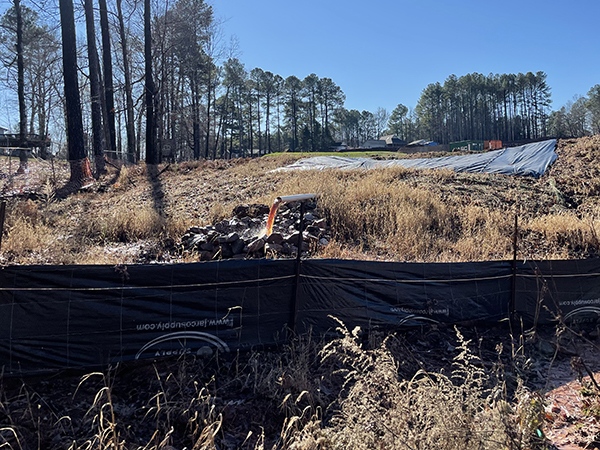
“There was runoff from a pipe from the development pouring into a wetland and into a stream. The pipe was just pulling water out of the sediment ponds. Where the stream met the Lick Creek, upstream met water-quality standards; downstream was 300 NFU (Nephelometric Turbidity Units) where the standard is 50 FNU,” Sam said.
Though Sam reported the violation to the county, the county found no violation when it performed its own site inspection several days later.
At the heart of the issue is that most of Durham and part of Wake County have Triassic soils made of really fine particulates and highly erosive clays. They do not operate the same way other soils do.
“It never settles — the sediment never settles in the water,” Sam said.
What that means is the rules governing runoff from Durham developments need to be amended to account for this specific type of soil, which neighboring Cary has already done.
“We’re trying to get these new amendments in place to cover all of Durham County. In the meantime, the county is approving these developments,” Sam said. “I think this gets back to the discussion about traditional measures just not being nearly as effective with handling these Triassic soils and reduction of turbidity concerns.”
Related News
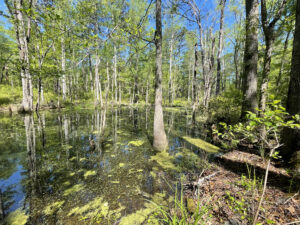
Tell NC to restore wetlands protections!
April 19th 2024
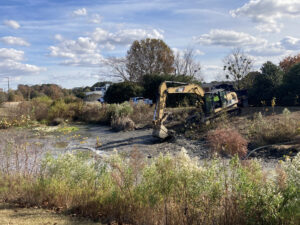
Position available: Stormwater Education Coordinator
April 18th 2024
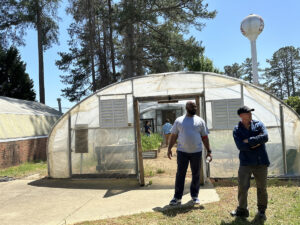
Southern Nash next in line for stormwater projects
April 18th 2024
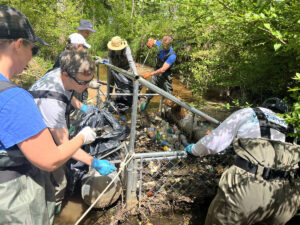
Xylem, Sound Rivers team up for cleanup
April 18th 2024

Sound Rivers launches new podcast
April 18th 2024
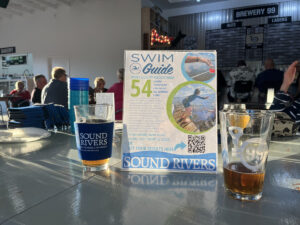
Swim Guide gearing up for a seventh season
April 11th 2024
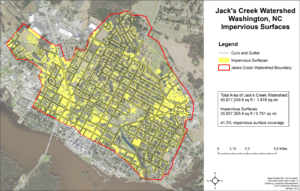
Feedback needed for Jack’s Creek plans, projects
April 11th 2024

Pamlico-Tar Riverkeeper talks water quality
April 11th 2024
